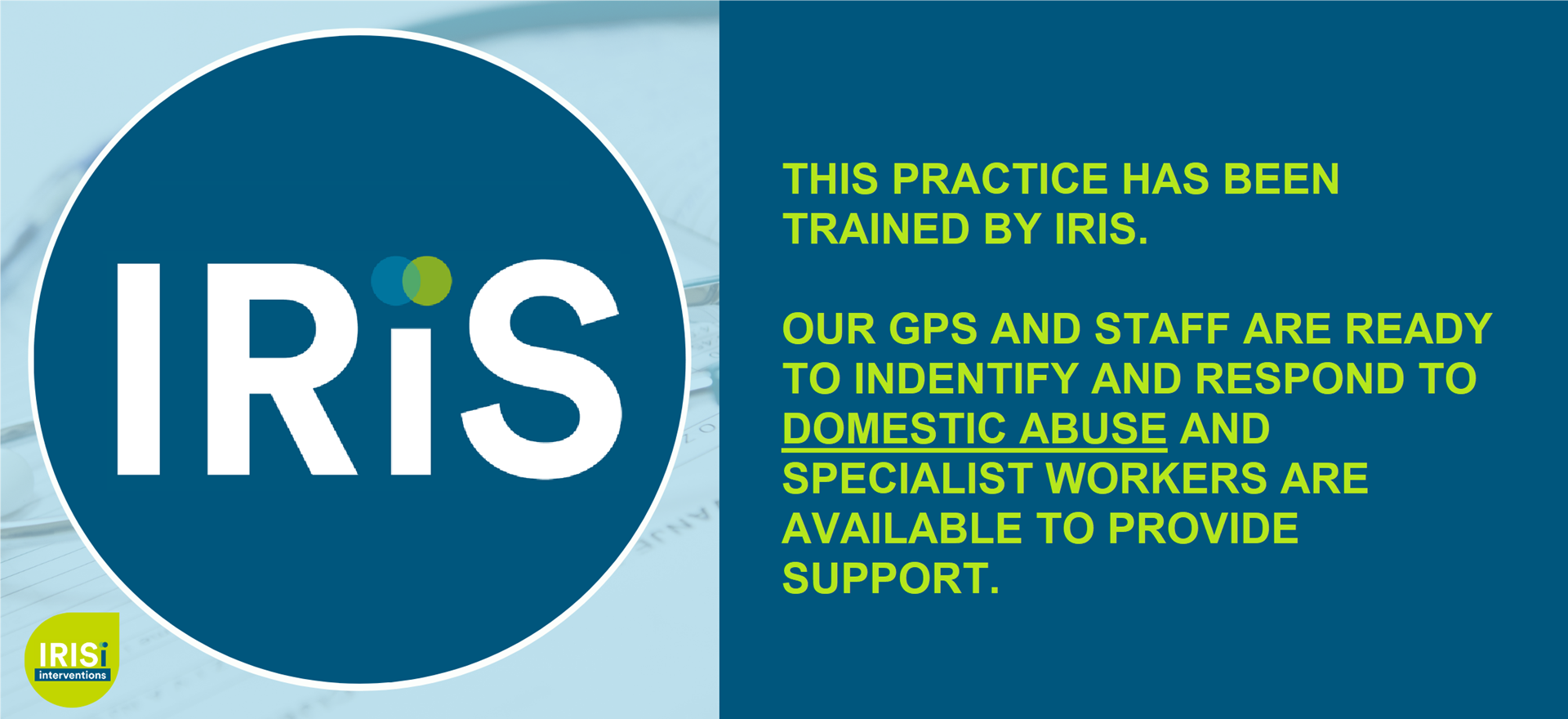Test Results
Results of Tests and Investigations
Please be aware that blood test results can take up to 1 week, and X-ray/scan results 2 weeks or more to reach the practice.
If your results are abnormal, then we will contact you either by text message or telephone to discuss the next steps, which may be treatment or further investigations. You will not be contacted if your result is normal.
You can find out your results via the NHS App, by submitting an e-consultation, or by telephoning the practice after 12pm. If you wish to discuss your results, please submit an e-consultation or telephone the practice.
We do not discuss patient results with anyone but the patient, except in exceptional circumstances. Child results will be discussed with the parent/carer logged on our records.
Blood Tests
A blood test is when a sample of blood is taken for testing in a laboratory. Blood tests have a wide range of uses and are one of the most common types of medical test. For example, a blood test can be used to:
- assess your general state of health
- confirm the presence of a bacterial or viral infection
- see how well certain organs, such as the liver and kidneys, are functioning
A blood test usually involves the phlebotomist taking a blood sample from a blood vessel in your arm and the usual place for a sample is the inside of the elbow or wrist, where the veins are relatively close to the surface.
Blood samples from children are most commonly taken from the back of the hand. The childs hand will be anaesthetised (numbed) with a special cream before the sample is taken. Please note we do not conduct blood tests for children at the practice and will refer the patient to The Whittington Hospital for this.
X-Rays
We refer patients to the Whittington Hospital if an x-ray is needed. The hospital will then send the report back to your GP to review. We do not conduct x-rays at the practice.
An X-ray is a widely used diagnostic test to examine the inside of the body. X-rays are a very effective way of detecting problems with bones, such as fractures. They can also often identify problems with soft tissue, such as pneumonia or breast cancer.
If you have an X-ray, you will be asked to lie on a table or stand against a surface so that the part of your body being X-rayed is between the X-ray tube and the photographic plate.
An X-ray is usually carried out by a radiographer, a healthcare professional who specialises in using imaging technology, such as X-rays and ultrasound scanners.
Page created: 27 July 2021
